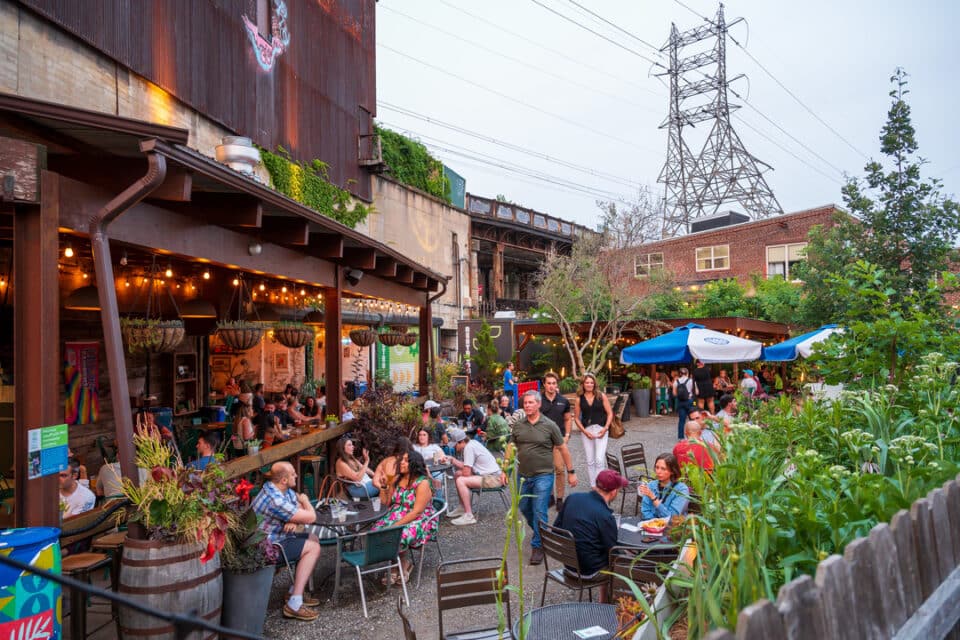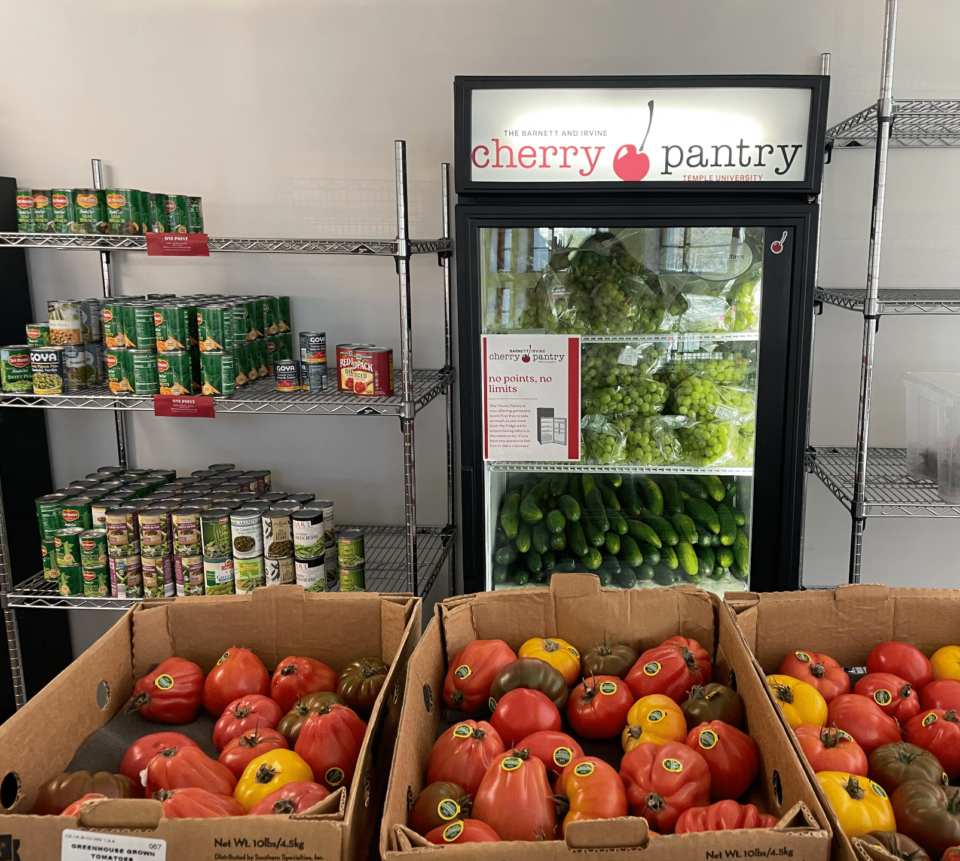Article by Rob Lukens
Reprinted with permission from the Daily Local News
“An oyster, that marvel of delicacy,… who first had faith to believe it, and courage to execute? The exterior is not persuasive.”
-Henry Ward Beecher, preacher and reformer</blockquoteYou either love them or you hate them. And if you like oysters, you would have loved living in the 1880s and 1890s. This was the golden era of the shellfish, and in Chester County you could go to a number of places to get your fill.
In West Chester, Charles Burns opened Burns’ Great Oyster House at 34 West Gay street, across from the train station at Gay and High streets in 1881. Burns, an ex-slave from Virginia, moved his business from West Chester’s east ward in an attempt to attract the “traveling public.” In 1894, his oysters sold for 50 cents to 2 dollars per hundred and “Hotel dinners” cost patrons 25 cents. Touting himself as the “leading oyster dealer of Chester County,” Burns claimed to be only one in Chester County to have his own oyster beds, in Lynnhaven Bay near Virginia Beach.
A block away, Burns’s major competition came from James Spence’s Café at 29 East Gay Street. Like Burns, Spence was also an ex-slave, a story in and of itself. His mother moved him to West Chester from North Carolina on the Underground Railroad route to freedom. A self-made man, Spence offered a special “Ladies Saloon” separate from the bar and specialized in oysters from 1880 to 1909. He catered to the professional clientele brought in by the business of county Courthouse.
But Spence and Burns were not the only ones offering oysters in Chester County. At Young’s Café at First Avenue and Gay Street in Parkesburg, local iron workers enjoyed stewed or fried oysters for 15 to 25 cents. In Phoenixville, Uncle Abe’s Restaurant at Bridge Street and Gate Avenue offered “prime salt or fresh oysters” as early as 1871.
Chester County was only part of a nation-wide oyster fad that swept across the United States from about 1880 to 1910. Although it was not until those decades that oyster consumption soared, the shellfish had served as a food source well before the 1800s. Lenape Indians, for instance, ate the oysters and sometimes left “middens” (shell piles) after large feasts that extended for acres. During the colonial era, Native Americans used their shells as valuable “wampum” currency.
Oyster consumption continued through the colonial era and early 1800s. But it was not until the railroad boom of the late 1800s that the industry skyrocketed. From New England to the Gulf Coast, railroads allowed oyster harvesters to send their products to distant markets. By 1880, oysters were the number one fish product in America and their price per pound was half that of beef. The industry employed 38,000 fisherman nationwide, a number that has dropped to less than 5,000 today.
Further statistics show just how popular the oyster was 100 years ago in contrast to today. In 2002, the average American ate approximately three oysters per year. Although national statistics are not available for the U.S. in 1900, we do know that New York City residents ate around 600 oysters per year. Although the statistics do not match up entirely, the difference is striking nonetheless.
A number of factors conspired against the continued availability and popularity of oysters. Over fishing and disease decreased nationwide supplies. Broader concerns about sanitation and hygiene led to the Pure Foods Act of 1906, which targeted the oyster industry with new regulations. During the winter of 1924 and 1925, an outbreak of typhoid traced to sewage-polluted oysters turned people back to beef and chicken.
As for Charles Burns and James Spence, the demise of their great oyster houses had more to do with the rising tide of anti-alcohol sentiment. From 1905 on, local officials clamped down on underage drinking. Along with other taverns in West Chester, both proprietors essentially lost their businesses. The Burns building is still there, at 34 West Gay Street (see the Borough’s Historical and Architectural Survey for an historical perspective of the building) and Spence’s 1904 building exists today as the home of the new Spence Café.




One Comment